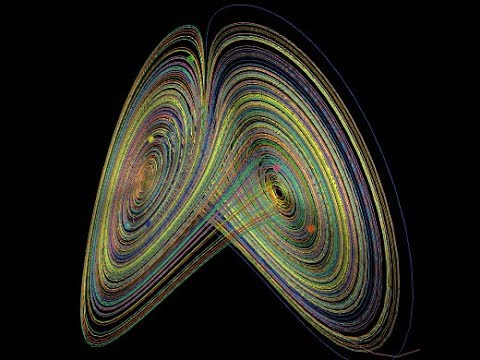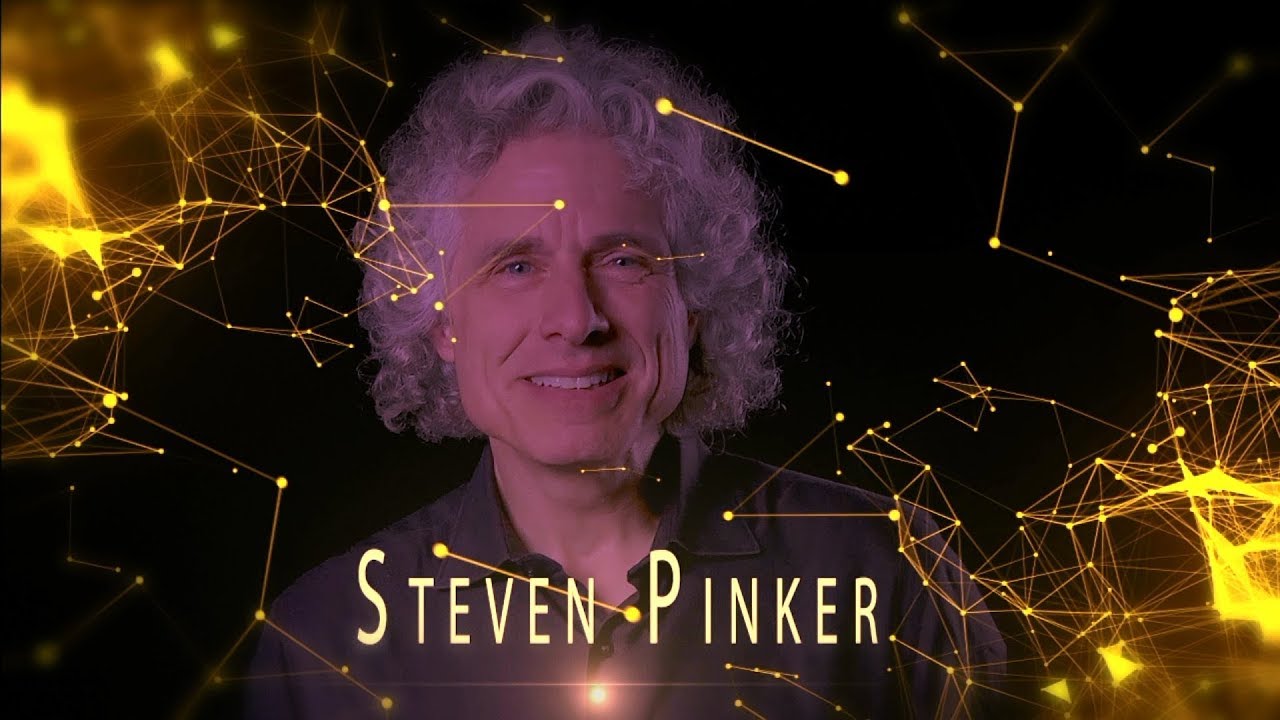Complexity Explorer
These are videos from the Nonlinear Dynamics course offered on Complexity Explorer (complexity explorer.org) taught by Prof. Liz Bradley. These videos provide a broad introduction to the field of nonlinear dynamics, focusing both on the mathematics and the computational tools that are so important in the study of chaotic systems. The course is aimed at students who have had at least one semester of college-level calculus and physics, and who can program in at least one high-level language (C, Java, Matlab, R, …).
After a quick overview of the field and its history, we review the basic background that students need in order to succeed in this course. We then dig deeper into the dynamics of maps—discrete-time dynamical systems—encountering and unpacking the notions of state space, trajectories, attractors and basins of attraction, stability and instability, bifurcations, and the Feigenbaum number. We then move to the study of flows, where we revisit many of the same notions in the context of continuous-time dynamical systems. Since chaotic systems cannot, by definition, be solved in closed form, we spend some time thinking about how to solve them numerically, and learning what challenges arise in that process. We then learn about techniques and tools for applying all of this theory to real-world data and close with a number of interesting applications: control of chaos, prediction of chaotic systems, chaos in the solar system, and uses of chaos in music and dance.
In each unit of this course, students will begin with paper-and-pencil exercises regarding the corresponding topics, and then write computer programs that operationalize the associated mathematical algorithms. This will not require expert programming skill, but you should be comfortable translating basic mathematical ideas into code. Any computer language that supports simple plotting—points on labelled axes—will suffice for these exercises. We will not ask you to turn in your code, but simply report and analyze the results that your code produces.
Source




Thanks ma'am. One moment,I was depressed because lack of authenticity due to chaos. And here I am learning Chaos theory in time series. Thanks for saving my moment